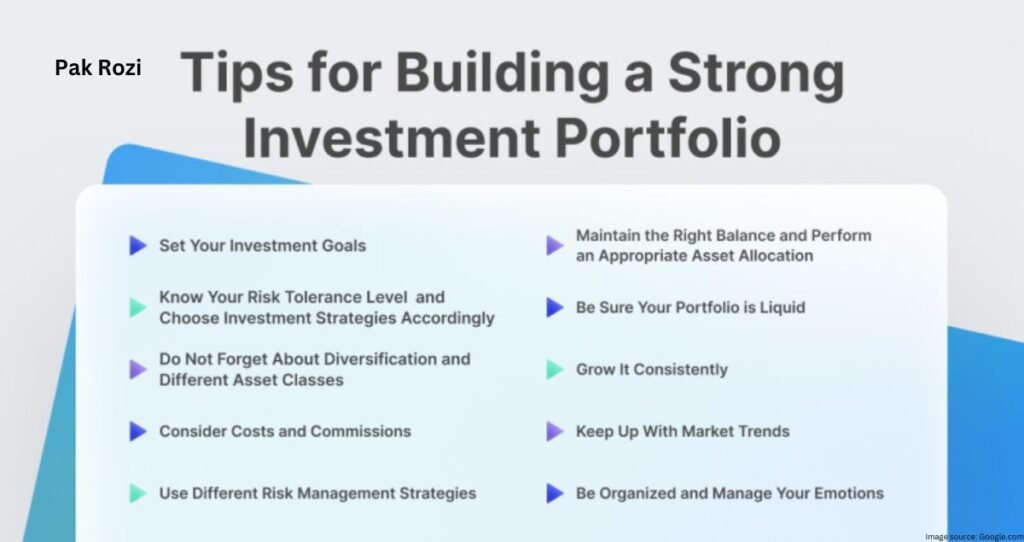IT Portfolio, In the IT field, a portfolio is very valuable as it assists you to showcase your abilities, project, and accomplishment to interested employers. It can be labeled as a picture resume presenting one’s potential and strength. Here are some useful tips on building an exceptional IT Portfolio.
Identify Your Audience
Before sitting down to work on a portfolio, decide who may look at your portfolio: various audiences have various expectations based on the presentation. Ensure your content addresses the selected audience.
- Study what employers in your area of interest are looking for.
- Know what particular skills and projects that audience cares about.
Choose Right Format
Choose the right format for your portfolio. Let it be a site, a PDF, or a GitHub repository. Here align it with your career objective.
- Websites are best for any sort of interactive and dynamic representation of your work.
- GitHub is very handy for code and development-focused projects.

Focus On Relevant Skills
Identify the most critical skills that you wish to include in your portfolio. Remember to include those most relevant to the kinds of positions you are applying for.
- Curate a list of technical and soft in-demand skills within the IT industry.
- Apply those skills through specific examples of how they have been applied in real projects.
Your Projects
Mention as many projects as possible with illustrations of what you can do. In each project, give examples of a particular ability or technology you are illustrating.
- Make sure to give proper background for each project such that problem you were trying to solve.
- Have links or documentation there that link to your work as needed.
Case studies
Having case studies can serve the purpose of showing detailed experience in solving problems with rational thinking. It reflects in showing them how you approach those kinds of issues.
- Outline the problem, your approach, and the outcome for each case study.
- Highlight any metrics or success indicators that demonstrate your impact.
Use Clear and Concise Language
Your portfolio should not use complex words. Reading it should not be such an uphill task. When using words to describe skills and projects, they have to be brief.
- Avoid using jargon unless it’s relevant to your audience.
- Use bullet points to enhance readability and highlight important information.
Insert Images
Insertion of images makes the portfolio more interesting and easy to understand. Use images, charts, and screenshots for illustrations.
- Use images in order to describe the results or outcomes of the projects.
- The images used must be of high quality and relevant to the topic.

Include Code Snippets
If you are a programmer, then it is a must to add some code snippets as well. This is where employers would know whether you have a good coding style and whether you are proficient with the codes.
- Choose code snippets that are your best work and highly commented.
- Explain your code logic, so that users understand what went into the design of your solution.
Testimonials or References
Testimonials from previous employers, clients, or colleagues speak well about your portfolio. It is social proof of your ability and work habits.
- Ask former supervisors or clients to write good testimonials.
- Include references and/or links to their LinkedIn profiles.
Keep It Updated
Make sure your portfolio is fresh and updated on all new projects, skills, or achievements. The fresher it is, the more activity it demonstrates on your field of experience.
- Schedule your time in checking and updating your portfolio each quarter.
- Remove information and projects that have already reached its obsolescence that do not apply to current levels of your skills.
Tailor to Every Job
For every particular job, your portfolio will be customized to what the job demands. With a more tailored portfolio, there is a better chance that it will be seen.
- Customize your portfolio so that projects and skills that best fit every position will be showcased.
- Exhibit the skills that have been especially requested by the employer.
Feedback
Some feedback can be requested from your peers or mentors about perfecting your portfolio. Constructive criticism will bring you the places that need improving.
- Show your portfolio to trusted colleagues for their views.
- Revise your content and presentation according to their suggestions.
Conclusion
The best way to demonstrate your skills and attract potential employers is through a strong IT portfolio. Understanding your audience, selecting the right format, and updating your projects regularly will make you a compelling representation of your abilities. Adding testimonials, visuals, and case studies will help bring your portfolio to life. A well-crafted IT portfolio not only shows that you have expertise but also puts you ahead in a competitive job market, opening doors to more career opportunities.
FAQ’s
How to build an IT portfolio?
To build an IT portfolio, first determine what your goals are and which form it should take, such as a personal website or on GitHub. Highlight the projects which are relevant to the opportunity; clearly describe your role in it and the technologies that were used. Keep it fresh as often as you can to show new skills and experience.
How do you create a strong portfolio if you’re a beginner?
Start with personal projects that show your skills. Hold the work on GitHub and document tutorials on learning. Include a range of projects and seek feedback from mentors to improve the portfolio.
